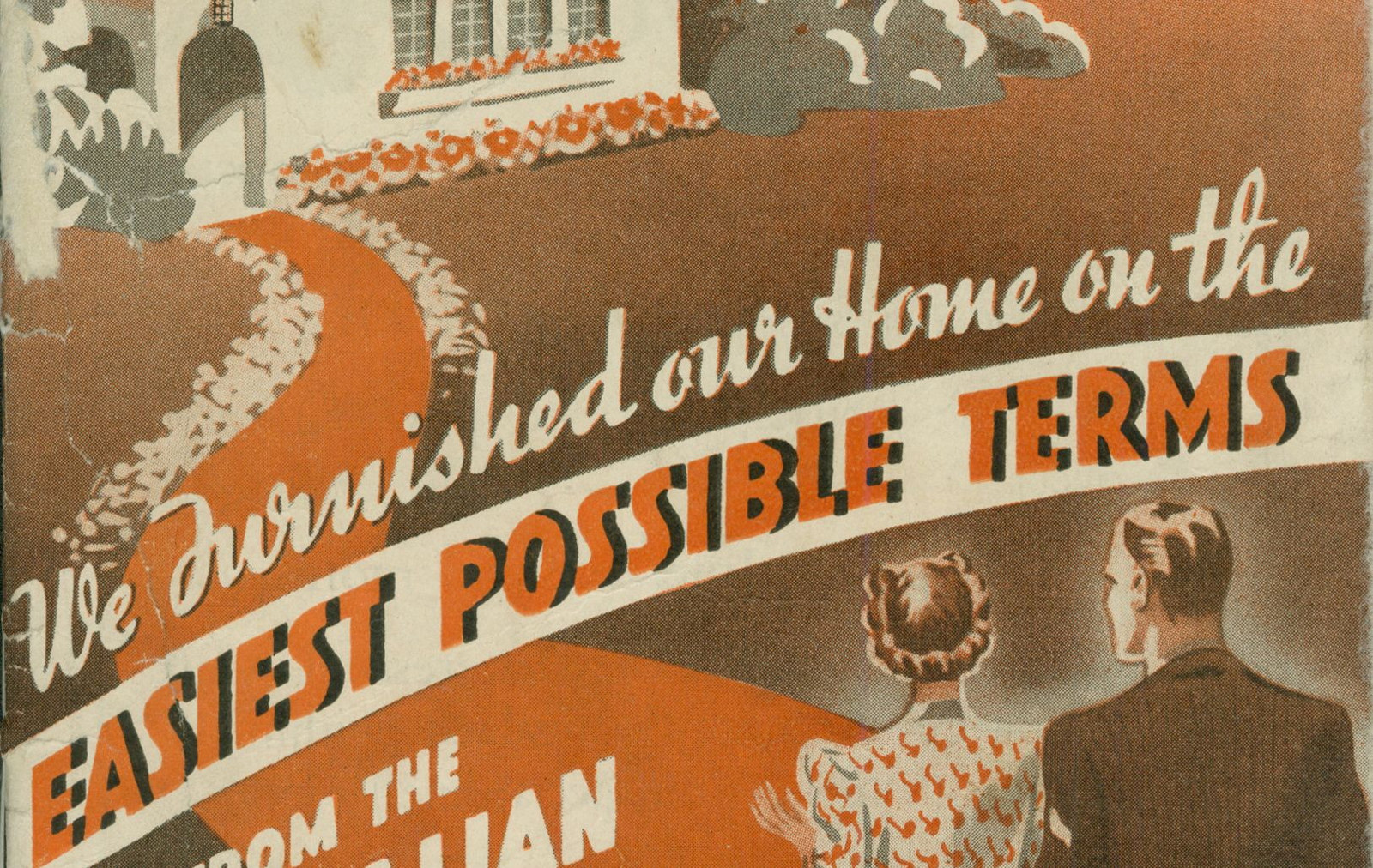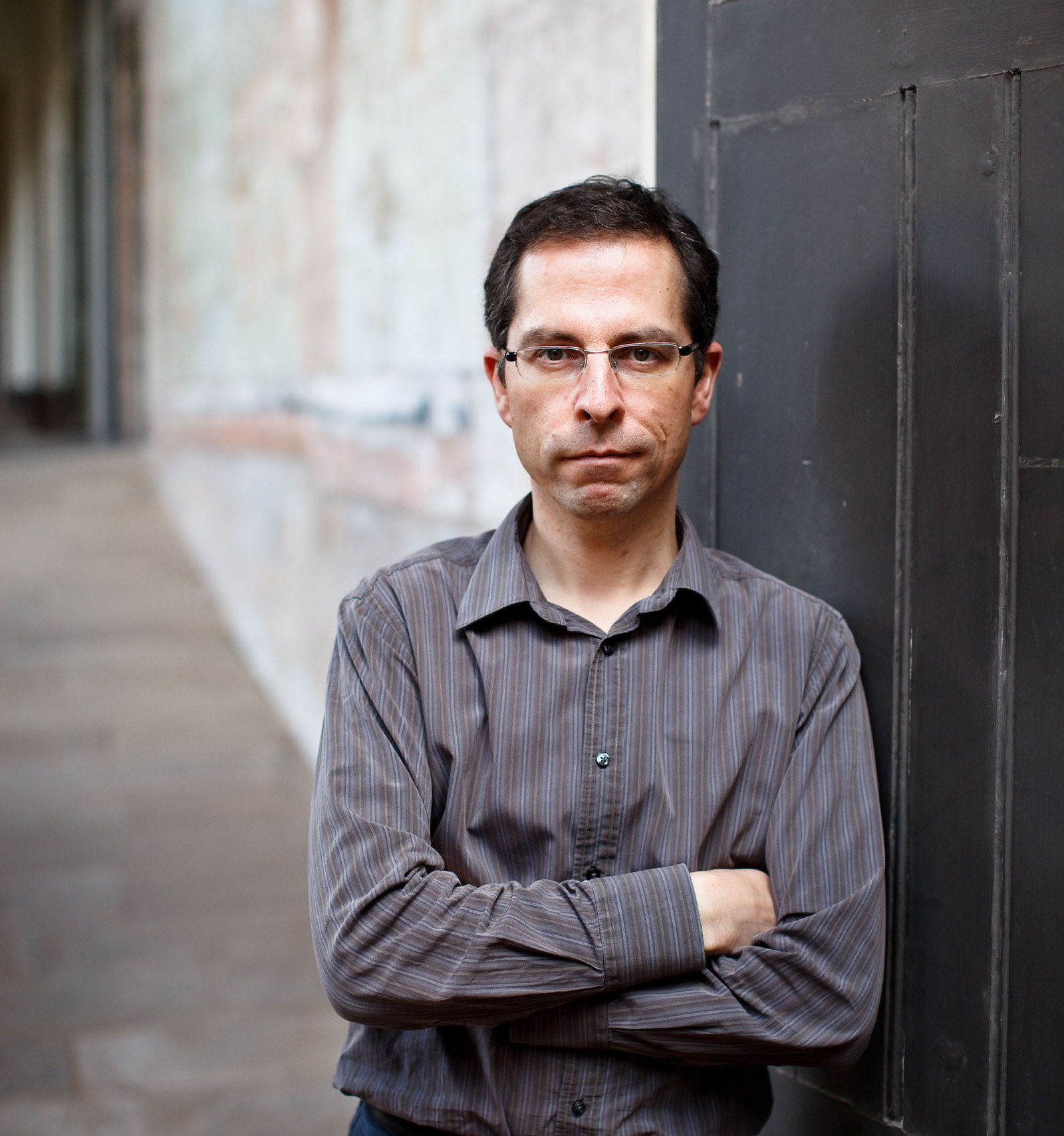Morley Johnsons
Morley Johnson Ltd was a firm of furnishing retailers and furniture manufacturers, with a retail outlet located in George Street Sydney opposite St Andrew's Cathedral.
In 1886, William Morley Johnson started in business as a stock and general auctioneer in Kyneton Victoria. He soon moved to the nearby goldfields town of Bendigo to open a furniture store before deciding to relocate to Sydney. In 1906, he opened his Morley Johnsons furniture store in George Street Sydney - the venture was funded in equal parts by William Morley Johnson, his brother J S Johnson, and G W Rocke.
In its earliest advertisements, Morley Johnsons referred to itself as 'The money-saving house furnisher'. The company clearly prided itself on good value for money and surviving catalogues show that the firm sold everything for the home: furniture, curtains and other soft furnishings, beds and bedding, carpets and floor coverings, lamps, radios, dinnerware and kitchenware. A 1930s catalogue (TC 749.20493 MOR/1) offered customers a trade-in of old furniture for new, a 12-month free trial of their radios and free measure and quotes for the installation of blinds, curtains, linoleum and carpets.
In the 1930s, Morley Johnson offered customers payment through lay-by that comprised a deposit and then payment by a series of installments. However, a 1958 catalogue, 'Everything for the home' (TC 749.20495 MOR/1) introduced a new system where no deposit was necessary on any purchase. This change of policy is perhaps evidence of the more competitive retail environment that existed after World War II for firms like Morley Johnson. Morley Johnsons had become a public company in 1952.
After several years of declining earnings, Morley Johnson closed its George Street store in 1964 and within two years was taken over by Milton Investments Ltd. In 1965, electrical and furniture retailer Bonds & Kirbys opened a branch on the site of Morley Johnson's former George Street store. Morley Johnsons was one of a number of furnishing stores that disappeared from central Sydney in the 1960s and 70s as city rents rose and shopping centres were built in the suburbs.
Related materials:
To see all the Morley Johnson material held by the Caroline Simpson Collection, go to the library catalogue.
More home furnishings stores
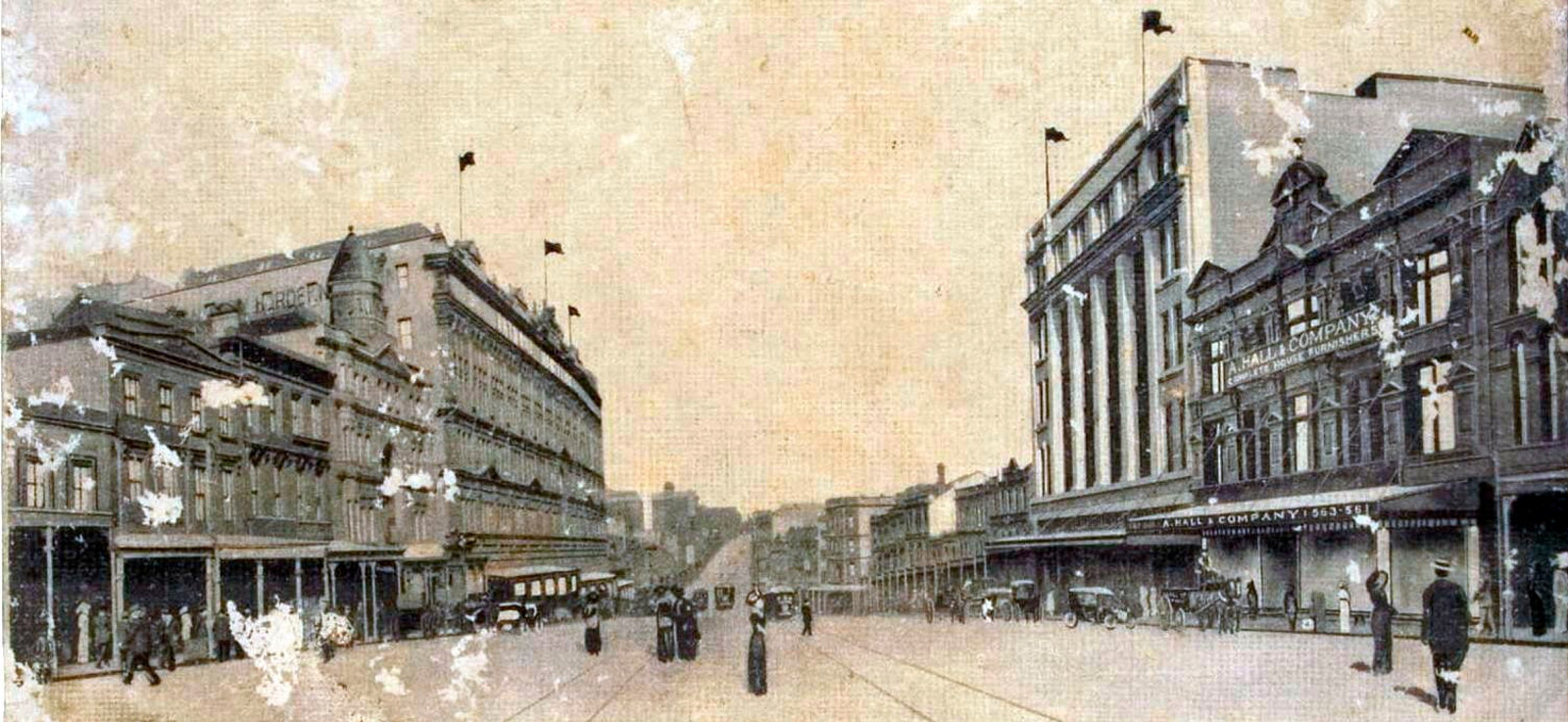
Sydney's home furnishing stores
A Hall & Co
A Hall & Co was a retailer of home furnishings and manufacturer of furniture.

Sydney's home furnishing stores
Anthony Hordern & Sons
Anthony Hordern & Sons was arguably Australia's largest retailer from the late 19th through to the mid-20th century.
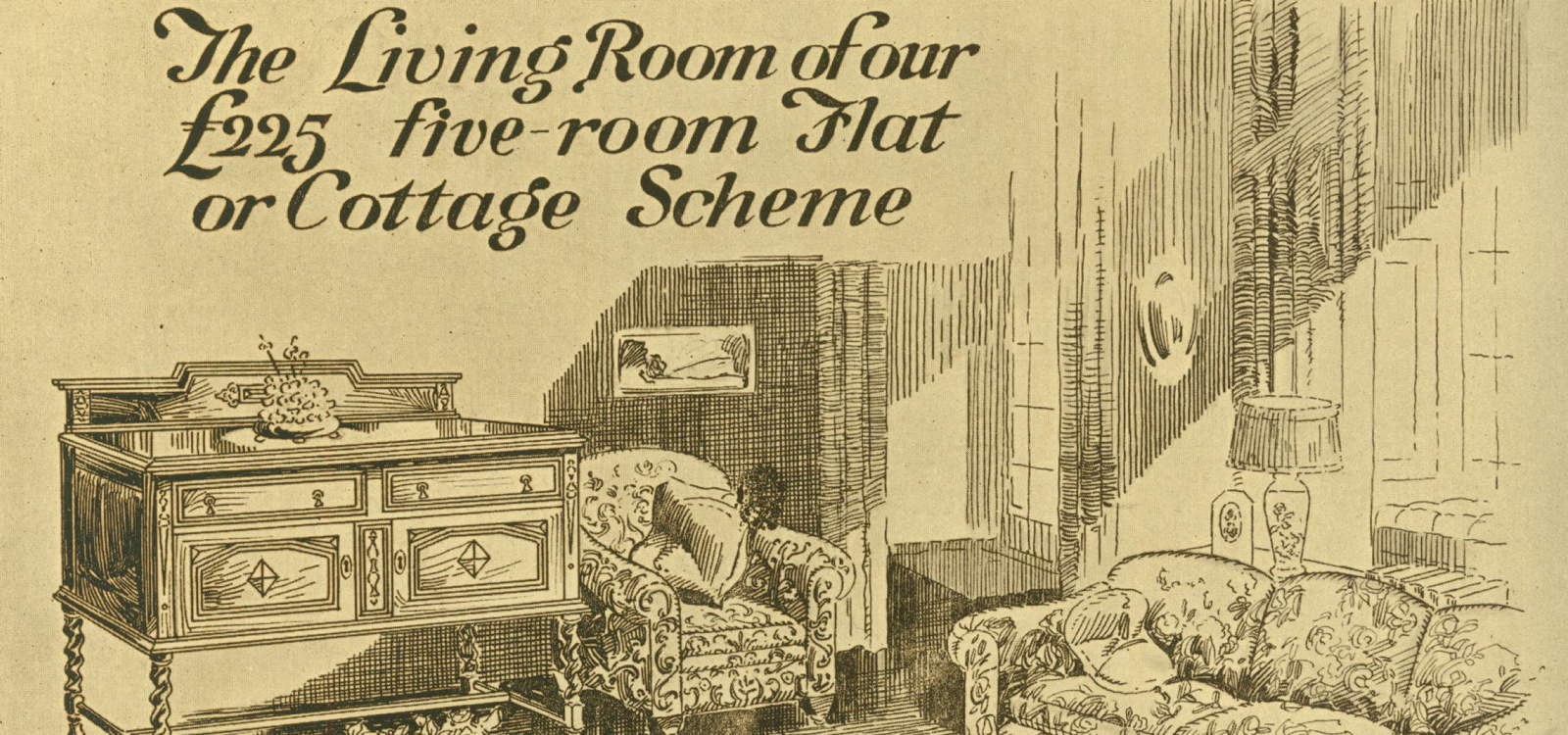
Sydney's home furnishing stores
Beard Watson & Co
Beard Watson & Co was renowned in Sydney as a retailer and manufacturer of high-class furnishings for the home.
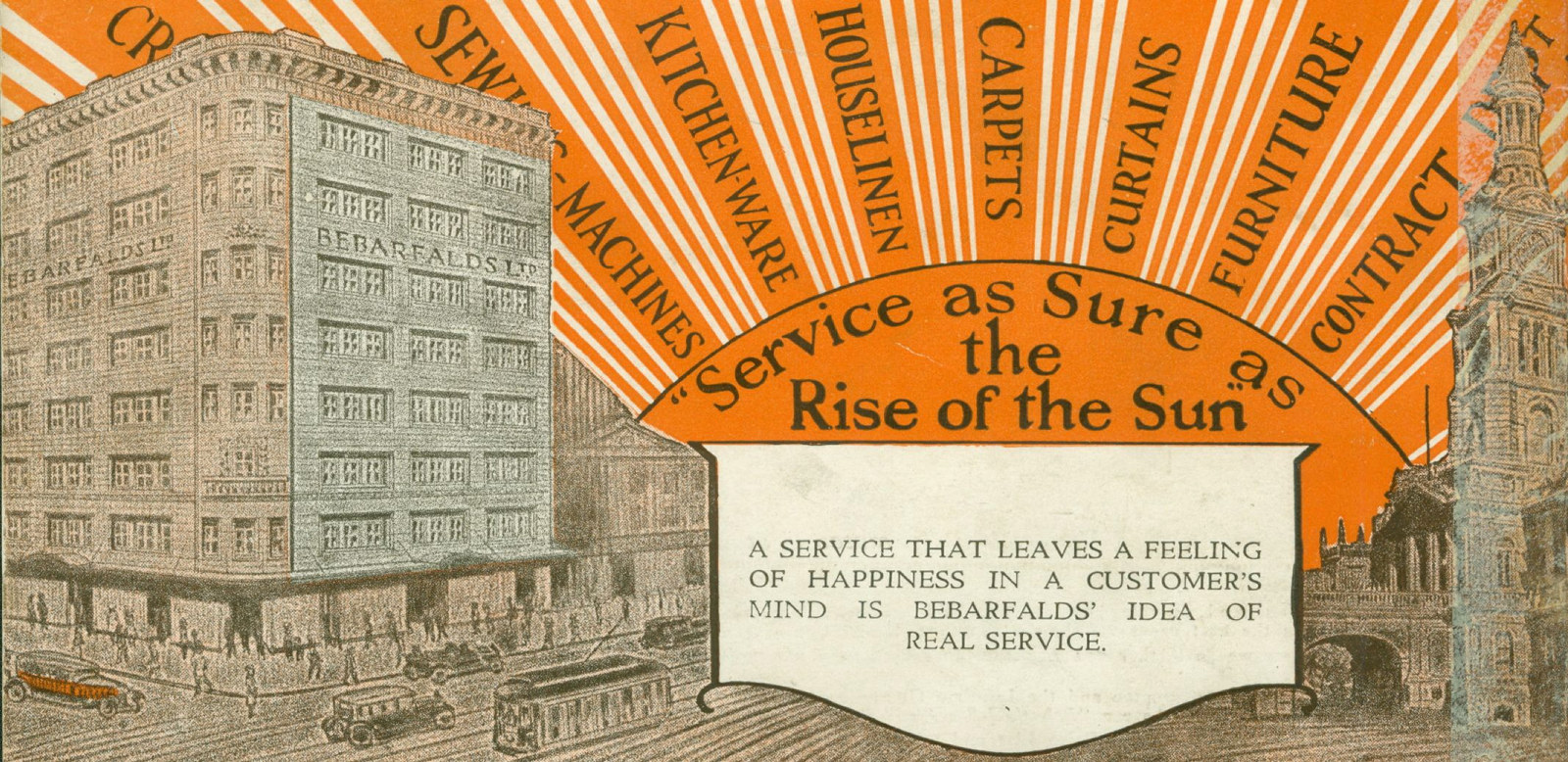
Sydney's home furnishing stores
Bebarfalds
Bebarfalds was a retailer of home furnishings and manufacturer of furniture, trading for many years from its landmark location opposite the Sydney Town Hall on the corner of George and Park Streets.
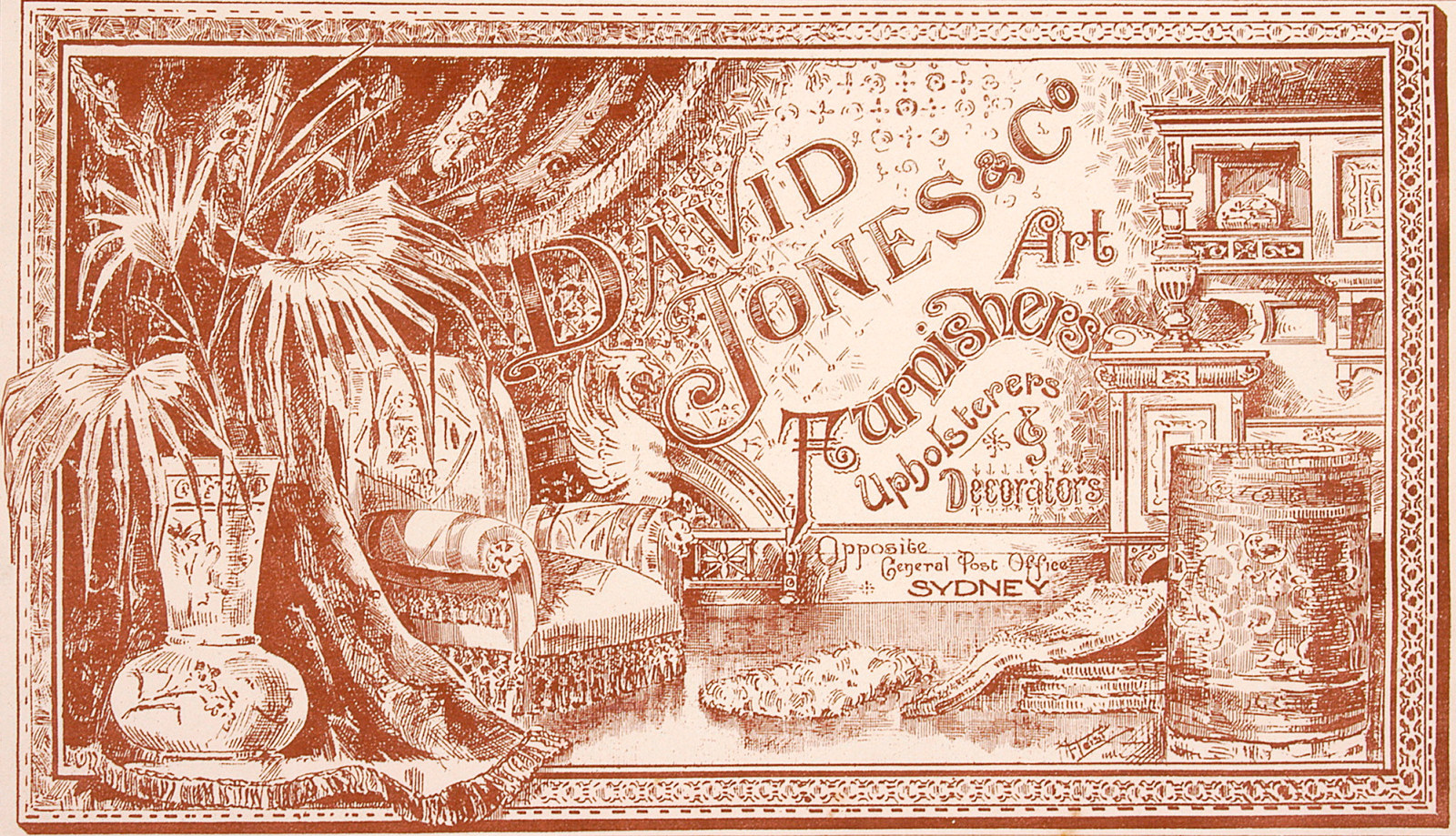
Sydney's home furnishing stores
David Jones
The David Jones name has long been synonymous with retailing of fine merchandise
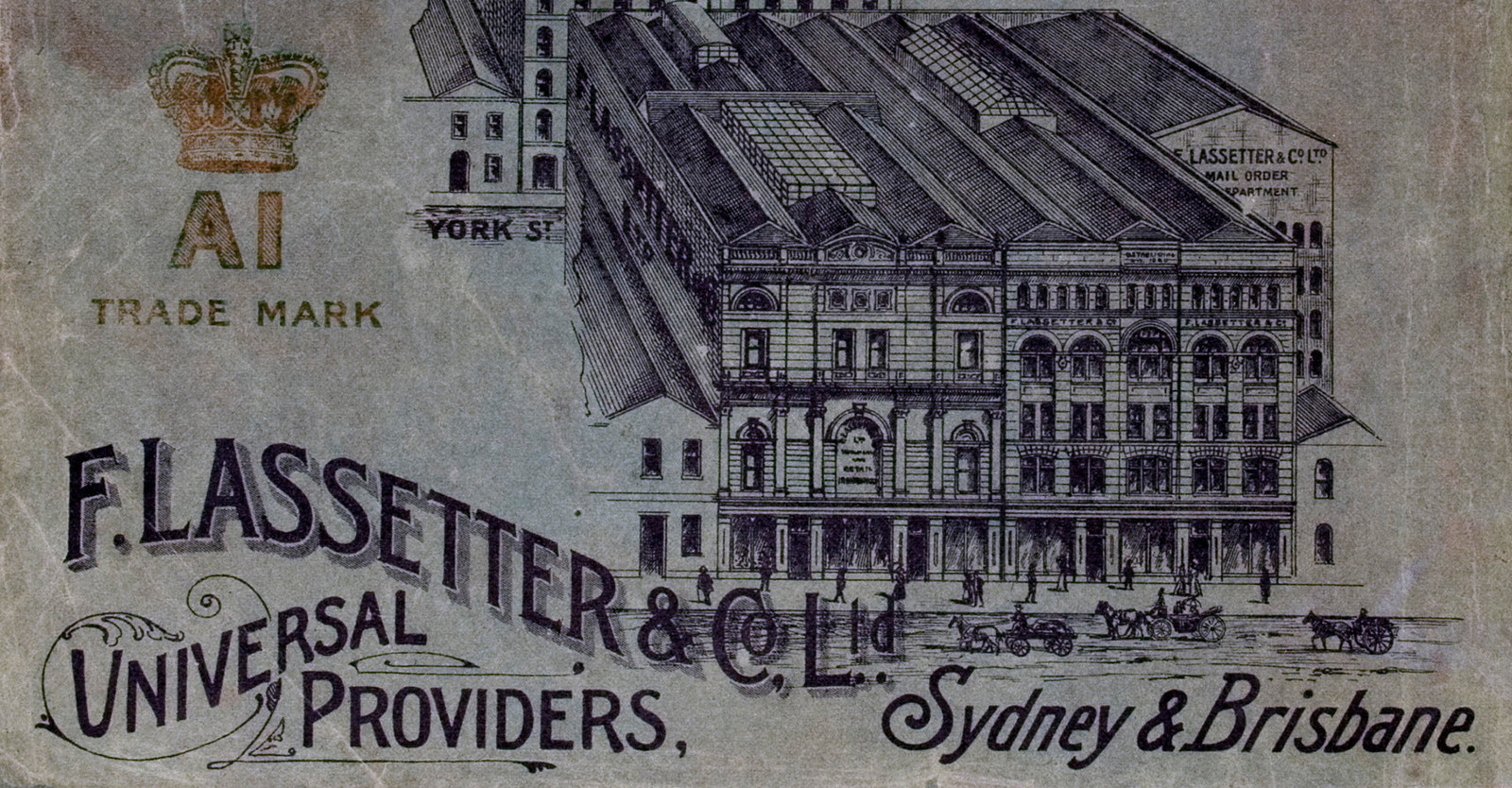
Sydney's home furnishing stores
F Lassetter & Co
F Lassetter & Co started life as an ironmongery business, becoming one of Sydney's largest 'universal providers' by the end of the 19th century
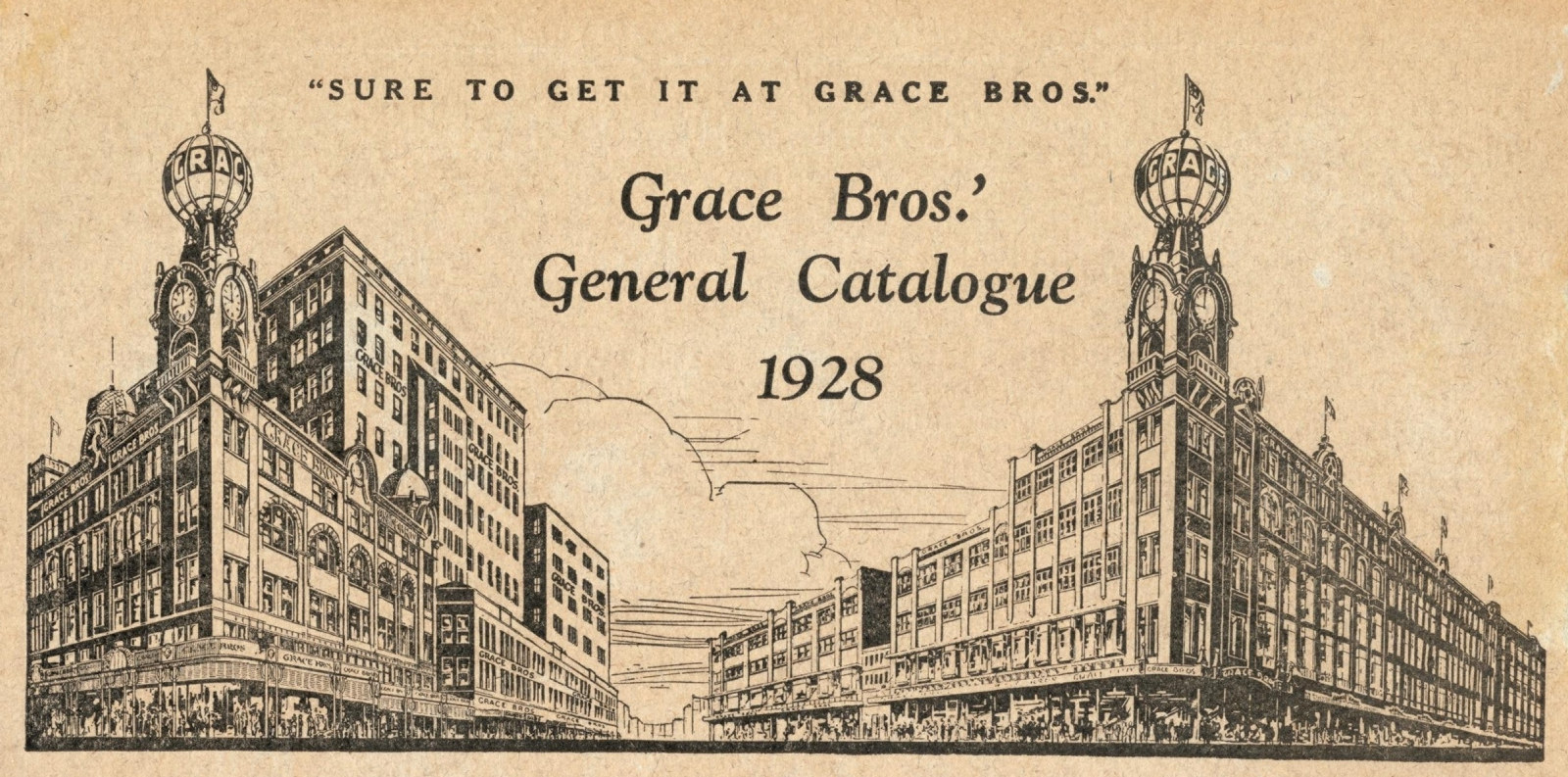
Sydney's home furnishing stores
Grace Bros
From its location just outside Sydney’s main business district, Grace Bros grew to become one of the city’s largest department stores.
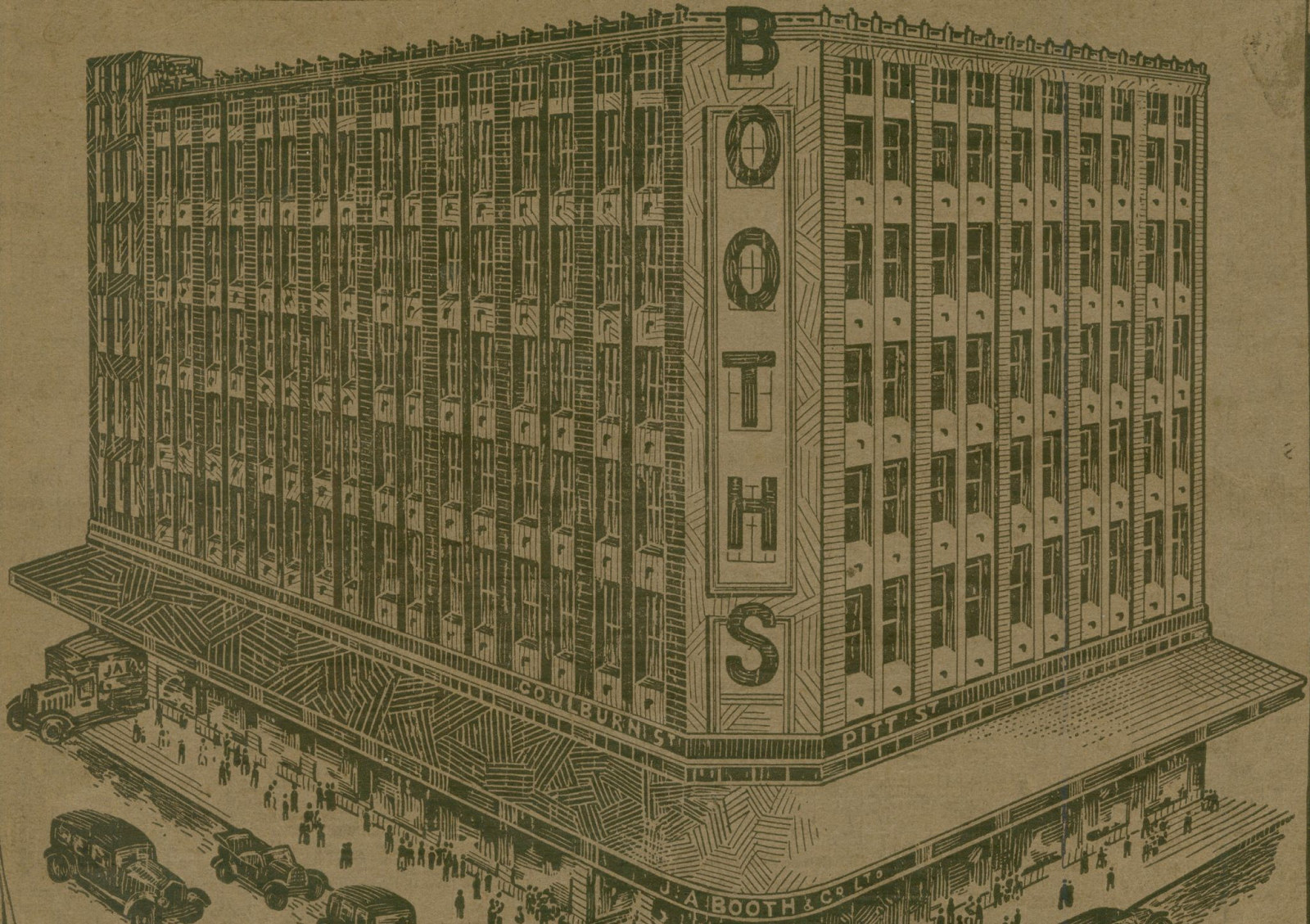
Sydney's home furnishing stores
JA Booth & Co
Although J A Booth & Co was a Sydney furniture and furnishing retailer for over 50 years, the company started life in a very different manner: as tea merchants.
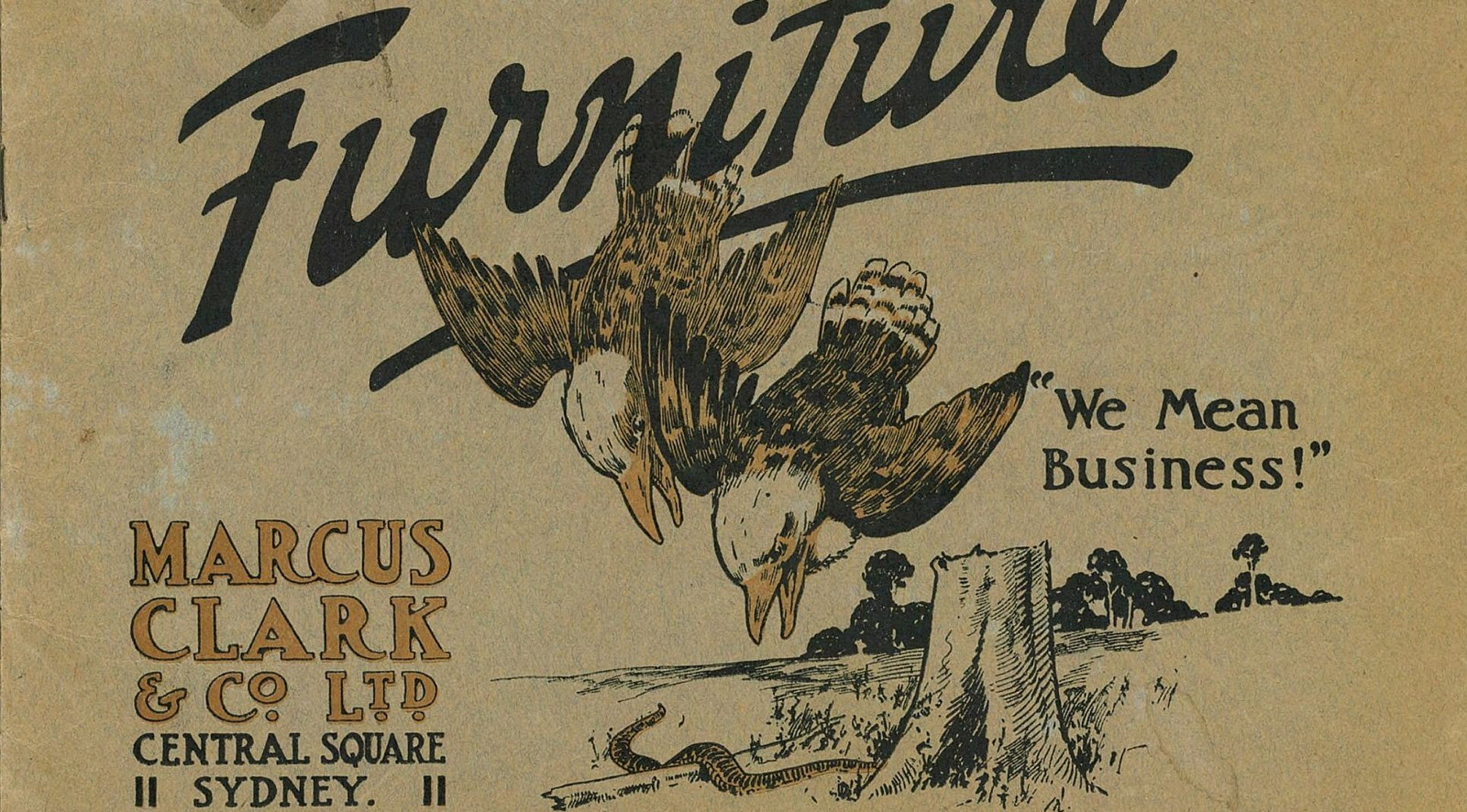
Sydney's home furnishing stores
Marcus Clark & Co
From a modest start in the Sydney suburb of Newtown in 1883, Marcus Clark & Co rose to become one of the city's largest department stores
Published on
